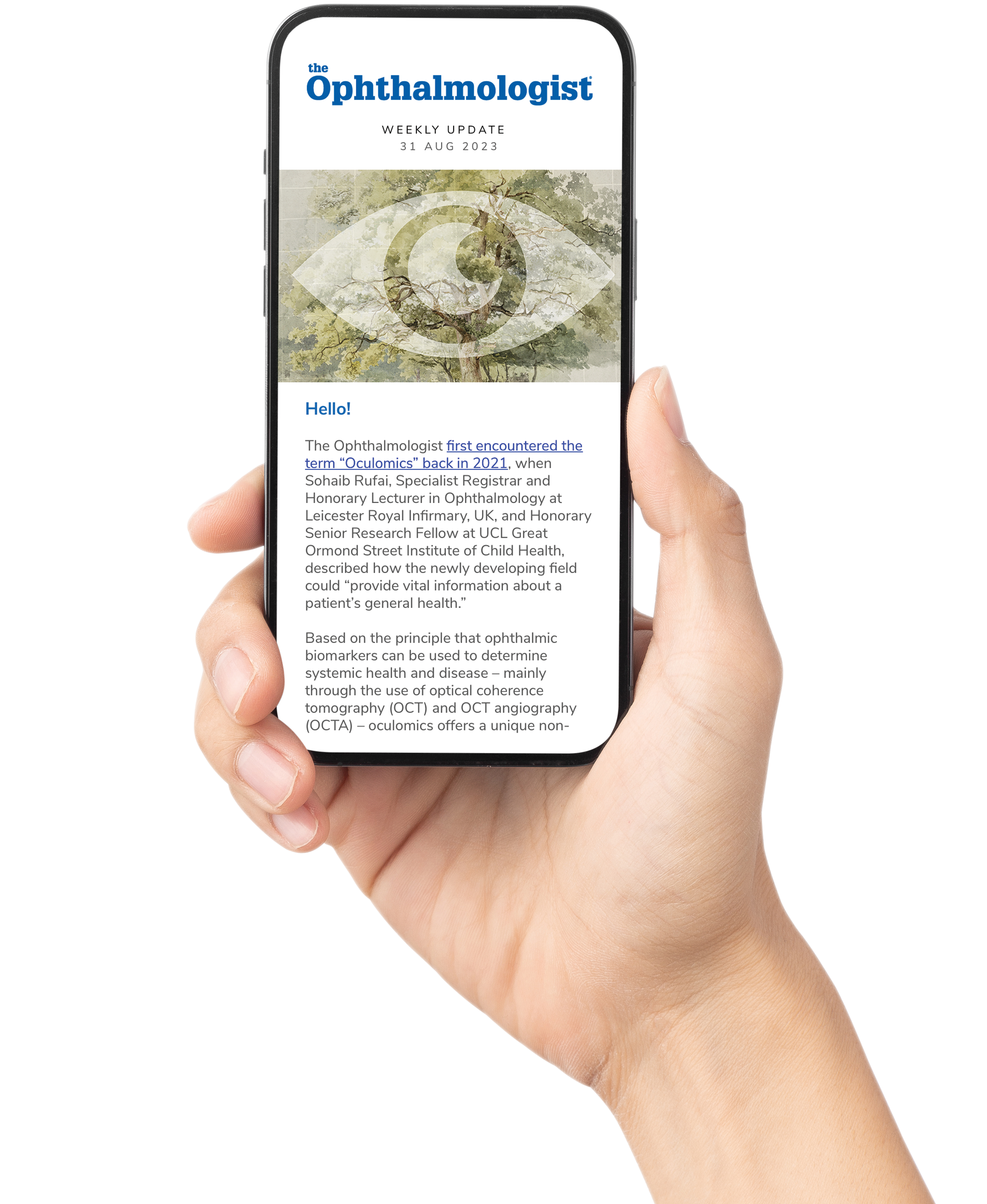A large-scale retrospective study from Austin Retina Associates (March 2015–November 2023) has provided valuable real-world data on the incidence, clinical presentation, and outcomes of presumed post-injection endophthalmitis following intravitreal anti-VEGF therapy.
The investigators reviewed billing and electronic medical record data to identify all intravitreal injections performed during the study period, as well as suspected cases of post-injection endophthalmitis (PIE), defined as eyes presenting after injection with pain or decreased vision requiring intravitreal antibiotic therapy. Across approximately 290,000 injections, they identified 69 presumed PIE events, corresponding to an overall incidence of 0.0238% (around 1 in 4,200 injections). Culture-positive infections were confirmed in 16 cases (0.0055%), with Streptococcus, Staphylococcus, and Enterococcus among the organisms recovered.
Most of the affected patients (57 of 69) presented within three days of injection. At presentation, the mean logMAR visual acuity was about 1.54 (roughly 20/700 Snellen equivalent), improving to 1.06 (around 20/230) at final follow-up. Pars plana vitrectomy was performed in 14 eyes (20%), while the remainder were managed with tap-and-inject antibiotic therapy. Poorer presenting visual acuity and culture positivity were both strongly associated with worse final outcomes (p < 0.001).
The observed per-injection rate aligns closely with previous pooled analyses and large series (approximately 0.028%), reaffirming that PIE remains a rare complication in real-world practice. Unlike national registry data, this series draws from a single retina group with consistent technique and documentation, reducing variability in reporting. However, as with any retrospective study, mild or culture-negative cases not treated with antibiotics may have gone undetected.
An important observation was that culture-positive cases were linked to significantly poorer visual outcomes, underscoring the importance of early recognition, microbiologic workup, and prompt treatment. The authors emphasize that patient counselling and vigilance are essential, particularly when early post-injection visual loss is noted.
For retinal specialists and high-volume injection clinics, the study provides reassurance that the risk of post-injection endophthalmitis remains extremely low under current aseptic protocols. It also reinforces that visual prognosis depends largely on early presentation and organism virulence.
